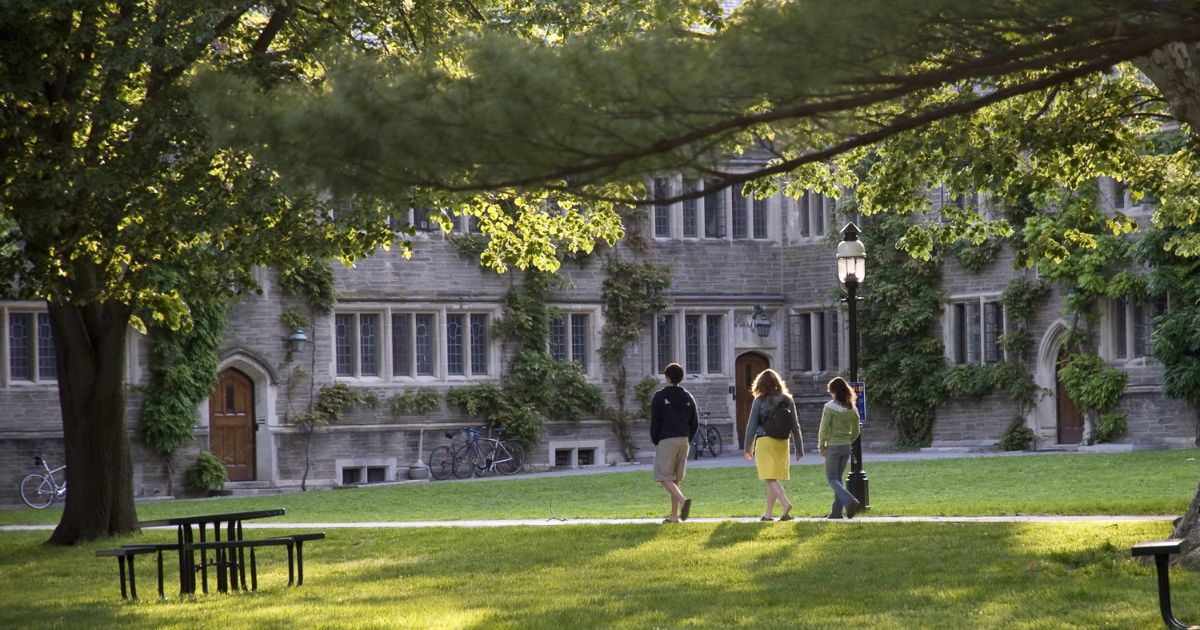“Decoding Prestige: Unveiling the Nuances Between Ivy League and Non-Ivy League Universities”
Introduction (100 words)
The schism between Ivy League and Non-Ivy League universities is a perennial topic in higher education. This exploration aims not just to dissect differences but to unravel the nuanced tapestry of advantages and drawbacks that each strand of academia offers to aspiring students.
The Ivy League Realm (400 words)
- Pros of Ivy League Prestige:
- Global Recognition: Highlight the unparalleled global reputation that Ivy League schools hold.
- Network and Alumni Relations: Emphasize the extensive and influential alumni networks that often pave pathways for career opportunities.
- Resources and Funding: Discuss the abundant resources, high-end facilities, and substantial funding these institutions typically possess.
- Cons of Ivy League Expectations:
- Intense Competition: Explore the heightened academic pressure and competitive environment.
- Financial Considerations: Discuss the substantial cost of attendance and limited financial aid in some cases.
- Limited Acceptance Rates: Address the ultra-low acceptance rates, leading to heightened stress among applicants.
The Non-Ivy League Realm (400 words)
- Pros of Non-Ivy League Diversity:
- Academic Excellence: Highlight exceptional programs and faculty that rival Ivy League standards.
- Opportunities for Growth: Discuss the more personalized attention, diverse student bodies, and opportunities for leadership.
- Financial Flexibility: Emphasize comparatively lower costs and more robust financial aid offerings.
- Cons of Non-Ivy League Recognition:
- Global Prestige Gap: Acknowledge the disparity in global recognition compared to Ivy League institutions.
- Networking Challenges: Discuss the potentially smaller alumni networks and their impact on post-graduation prospects.
- Resource Limitations: Address the comparatively fewer resources and research funding available.
Finding the Right Fit (100 words)
Ultimately, the decision between Ivy League and non-Ivy League universities is not a matter of superiority but alignment. Aspiring students must weigh their aspirations, academic ambitions, financial considerations, and personal growth objectives to determine the perfect fit.

Conclusion (100 words)
In the dichotomy of Ivy League and Non-Ivy League universities, there exists not a binary of good and bad but a spectrum of choices. Each educational realm offers distinctive opportunities and challenges, and the true essence lies in the individual’s resonance with the environment that best nurtures their academic and personal growth.
Title: “Beyond the Ivy: A Nuanced Exploration of University Choices”
Introduction (120 words)
The decision to pursue higher education is monumental, and the choice of the right university lays the foundation for one’s academic journey. In this exploration, we delve into the distinct realms of Ivy League and non-Ivy League universities, unraveling the intricacies that go beyond reputation to unveil a comprehensive understanding of the pros and cons associated with each.
Defying Stereotypes (150 words)
Before we delve into comparisons, it’s crucial to dispel the myth that prestige is the sole yardstick for a fulfilling academic experience. While Ivy League institutions hold historical acclaim, non-Ivy universities boast unique strengths and opportunities, challenging the conventional narrative that often overshadows their merits.
Ivy League: The Crown Jewel (400 words)
- Pros:
- Prestige and Networking: Unravel the unparalleled prestige and networking opportunities that come with an Ivy League education.
- Resources and Facilities: Explore the lavish resources and cutting-edge facilities that create an environment conducive to academic excellence.
- World-Class Faculty: Highlight the caliber of faculty members, often leaders in their fields, fostering a rich learning experience.
- Cons:
- Intense Competition: Discuss the hyper-competitive atmosphere, which may be intimidating and stressful for some students.
- High Costs: Address the financial burden associated with Ivy League education, considering tuition, living expenses, and potential student debt.
Non-Ivy League: Hidden Gems (400 words)
- Pros:
- Diverse Opportunities: Emphasize the variety of academic programs and majors available, allowing for more tailored educational experiences.
- Inclusive Atmosphere: Explore the more inclusive and collaborative atmosphere that often characterizes non-Ivy universities.
- Cost-Effective Options: Highlight the potential for lower tuition costs and more accessible financial aid options.
- Cons:
- Limited Networking: Acknowledge that non-Ivy universities may not have the same level of networking opportunities as their Ivy counterparts.
- Varied Resources: Discuss the potential variability in resources and facilities, with some non-Ivy universities lacking the same level of investment.
Tailoring Education to Personal Goals (150 words)
The decision between Ivy and non-Ivy institutions ultimately boils down to personal goals, aspirations, and the desired educational environment. Each option offers a unique tapestry of experiences, and the key is to find the right fit that aligns with individual ambitions.
Conclusion (80 words)
In the intricate tapestry of higher education, neither Ivy League nor non-Ivy universities emerge as inherently superior. It’s about recognizing the nuances, understanding personal priorities, and choosing the path that best aligns with one’s academic and life goals. The journey of education extends beyond prestige, embracing the diversity of opportunities that both Ivy and non-Ivy institutions bring to the table.
